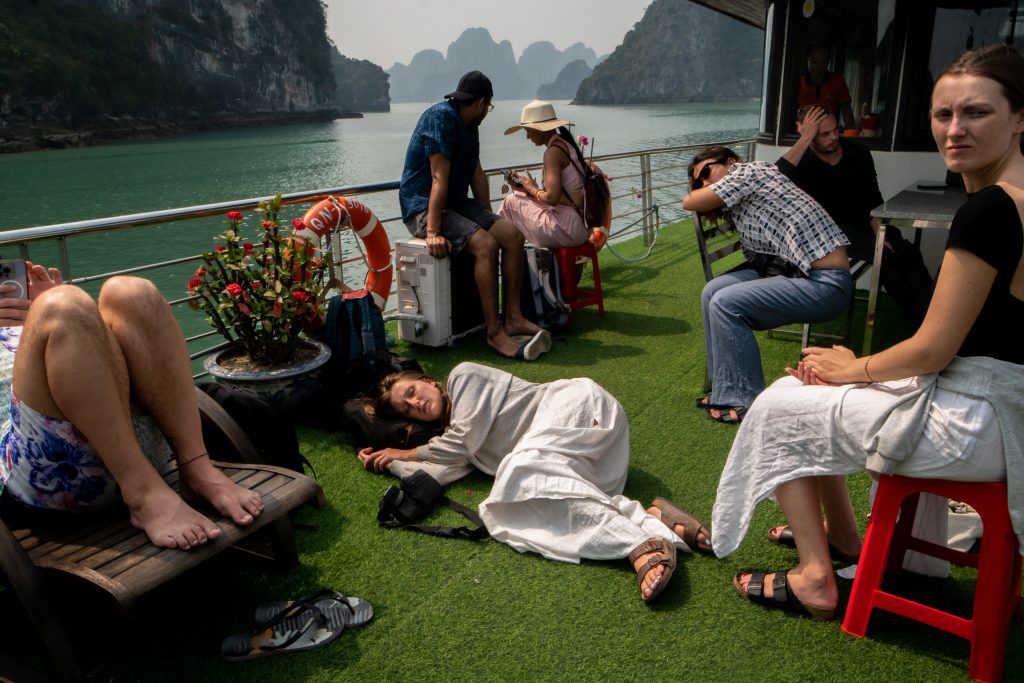Fourth Exibart Street Contest. Discover the Finalists: Andrés Ramos
Dear Andrés,
first of all, congratulations! You are one of the ten finalists of our fourth Street Photography Competition in the Best Single Photo category, and we are very happy to have this interview with you. Can you tell us something about yourself and about the finalist photo? What was the main source of inspiration for this photo? What did you hope to communicate through this image?
I was born in Spain and from a very young age, I felt the desire to travel the world in the manner of romantic travel writers. I studied computer engineering and during the first years, I combined periods of work in Madrid with long trips, especially in Asia. Nowadays, I am fortunate enough to do both at the same time, while combining it with my passion for street photography.
The day I took the photo ‘Tough life’, I had embarked on a sightseeing cruise in Halong Bay, Vietnam. The truth is that seeing the cliffs was secondary for me; my real intention was to photograph those taking that cruise, as part of an ongoing, and still somewhat amorphous, project related to international tourism.
What this photo communicates depends, as in all art, partly on the viewer’s interpretation. Many will see a criticism of tourism in the drowsy air of the passengers, or in the fact that none of them are looking at the landscape. I tend to see it rather as the reproduction of an archaic ritual, in the center of which sleeps a lady who, of course, could represent a certain languor attributable to modern consumer society, but who also inspires me with honesty: one who does not mind surrendering to sleep and completely ignoring the spell of the outside world.
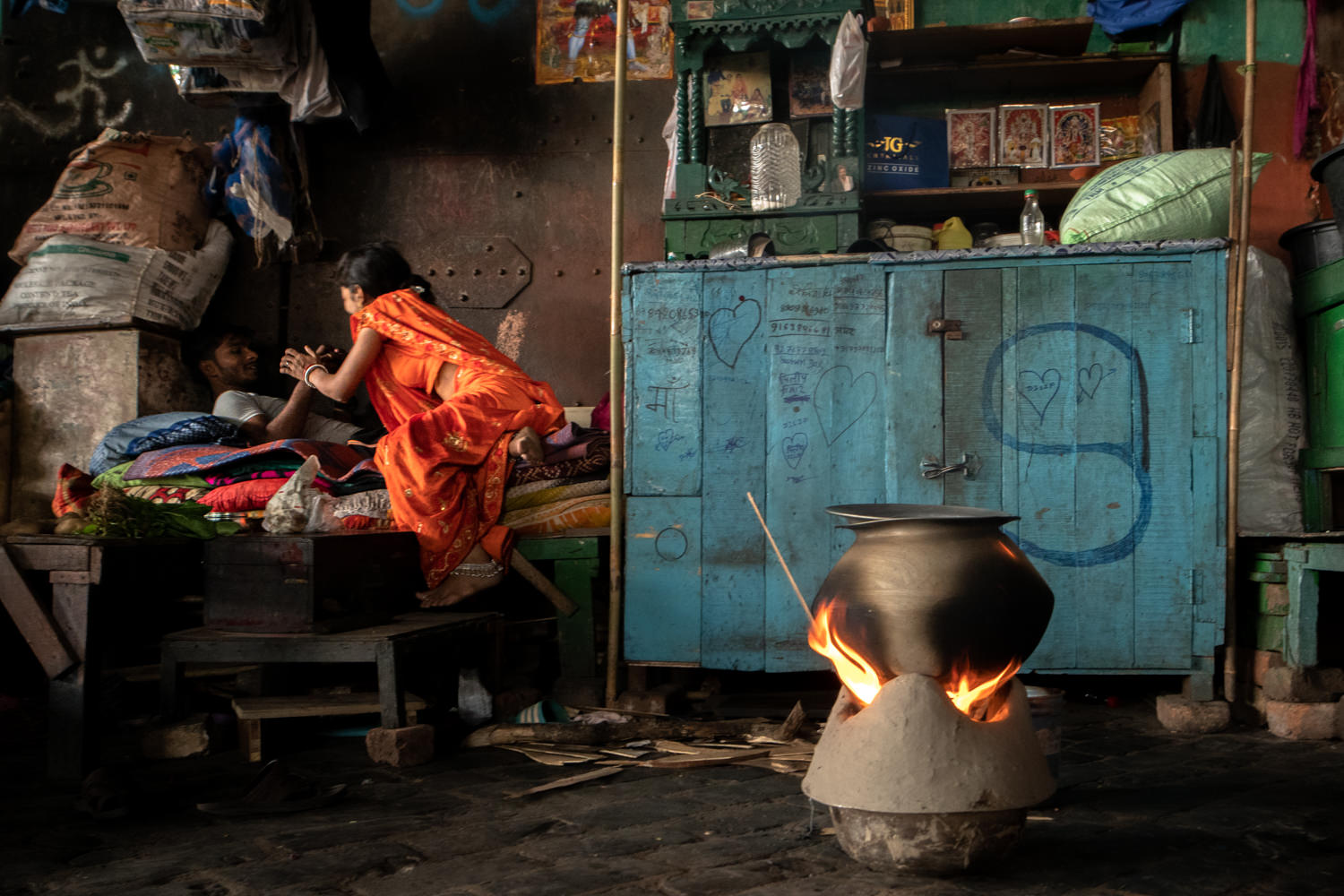
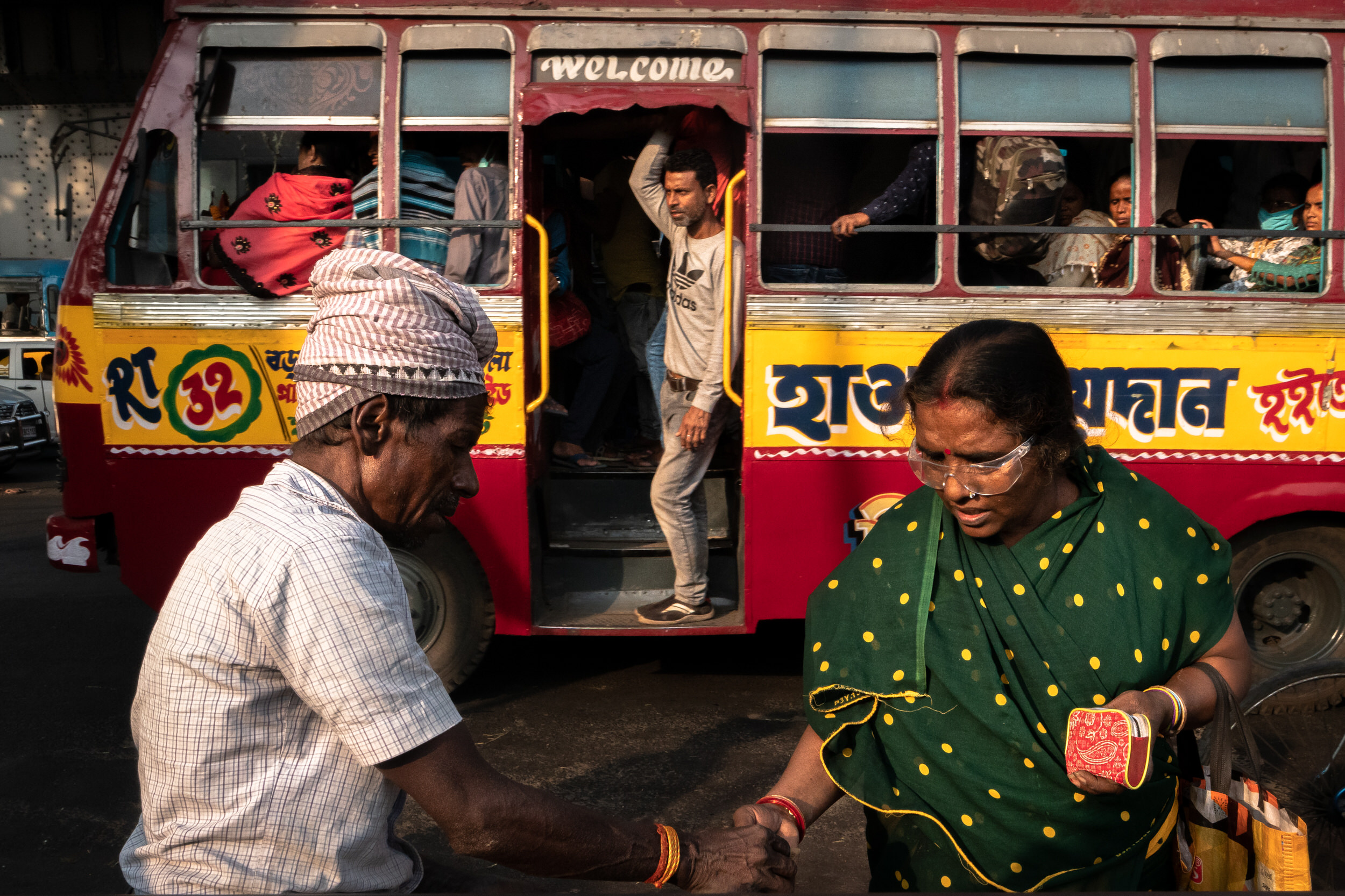
How do you choose the subjects or scenes to photograph?
I can’t say I choose them intentionally. Rather, I let them jump into my consciousness. The reason they do so is usually unconscious in the moment. Sometimes it’s simple things like colorful clothes, sometimes it’s gestures, and sometimes it’s more subtle things that I only see after the fact. In this sense, I fully trust my instinct and try not to theorize too much.
Is there a theme or thread you follow when creating a new project?
So far I have not undertaken any projects, since I am more focused on single photographs. And if I do undertake a project, it would probably not be deliberate but would emerge from a broad body of work.
Perhaps because I come from the field of writing, when I turned to photography one thing that was clear to me was that I didn’t so much want to tell stories or discuss themes as to show images with evocative power. Sometimes I think that there is too much insistence on the idea that one must evolve from the individual photograph to the comprehensive project. In my case, I think that when I find a subject fascinating enough that I would like to talk about it in depth, I would turn to writing again, instead of photographing it.
Black and white and color. Two different worlds. You decided to go in color. Why? Do you ever in b&w?
When I started with photography I didn’t understand black and white. I thought it was some kind of nostalgic fashion. Why would anyone want to eliminate something as suggestive as color? Then with time, and after seeing more photographs, I have learned to appreciate its capacity for abstraction, of showing only the shape of an idea. I have even played a bit with converting some of my photos to black and white, noticing with surprise that some of them work better, although I have not yet taken the plunge to showcase any.
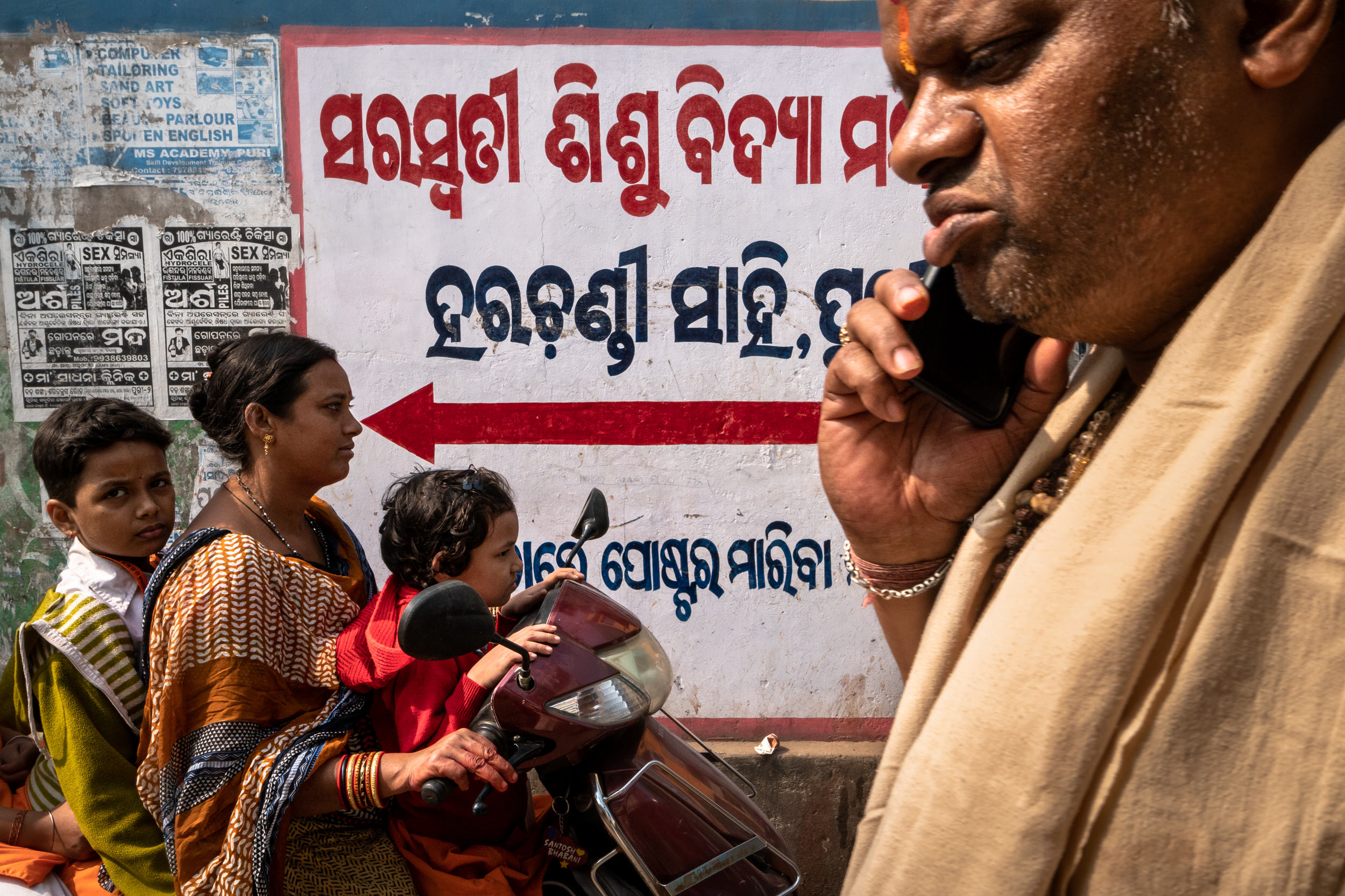
Many of your images capture everyday details that often go unnoticed. How do you decide which details to include and which to leave out?
Here I apply the same irrational philosophy as I do with the subjects. And likewise, some of these details barely touched the threshold of consciousness when I took the photo. However, then they gain strength during the review of the photos, where the photographic eye continues to work. And I believe that showing these details is an essential part of street photography, whose underlying message is: “look at what was there in reality and you didn’t see” (which is, by the way, the only reason that can save this discipline from the maelstrom of AI).
Can you describe some of the photographic techniques you use to capture the atmosphere and moment in your photographs?
In that respect, I’m simple: I try to set up my camera in a way that allows me to point and shoot in almost any situation. I don’t practice a lot of specific techniques like long exposure, reflections, etc. I don’t dismiss these techniques, but I think that “raw” reality is interesting enough and for the moment I don’t need any more embellishments. On the other hand, I have developed a lot of “techniques” to shoot unnoticed, some of them so strange that I would be embarrassed to describe them!
“I can’t honestly find any compelling reason why any street photographer would prefer analog to digital. Yes, I understand the “focus on the process” thing, being a kind of craftsman in the darkroom, etc. But taking into account the enormous difficulty of this discipline, I think that going out to take pictures with so few shots is to tie one’s hands for no reason.”
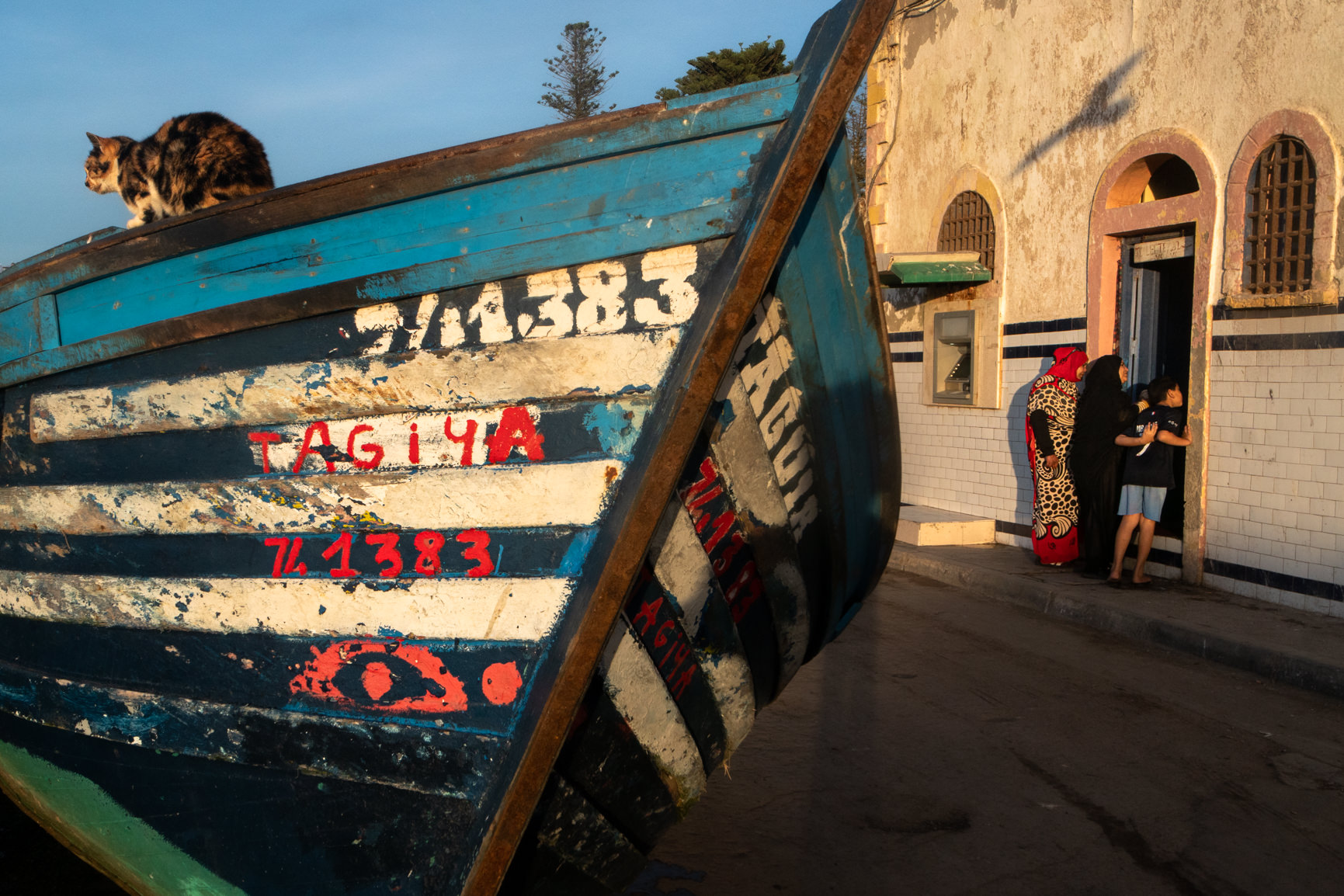
How would you define your photographic style?
I would say it’s a style focused primarily on aesthetic impact. For me, if a photo doesn’t work in that area, it can have all the storytelling in the world, but it won’t invite me to explore it. That’s why I pay a lot of attention to the composition (sometimes maybe too perfectionist, which is something I am trying to correct), and the primary visual elements. If after that the photograph contains ideas, emotions, or even small stories, so much the better. Another important element that I try to include is the weird twist, which is the icing on the cake in this discipline. An aesthetically pleasing photo will be even better if it contains some imperfection or misplaced element that raises the eyebrow of the viewer.
Have you ever studied at a photography school or are you a self-taught artist?
I am self-taught, as I was with writing. I’m not sure if they are disciplines for academia, beyond basic technique. Contact with other photographers, either in person or even through social networks or YouTube videos, has also helped me progress a lot.
Who are the Masters of Photography who inspired you most in your photographic works?
I will name a few that do not need much introduction: Alex Webb, Joel Meyerowitz, Harry Gruyaert, Martin Parr, and Matt Stuart.
Do you ever do Street Photography with your smartphone?
Never, but not out of principle. My phone simply isn’t good enough for that task, and I find the touchscreen shooting button not very agile. In any case, it seems to me a totally valid device. I don’t even see the need to specify that a photo was taken with the mobile, as some people do.
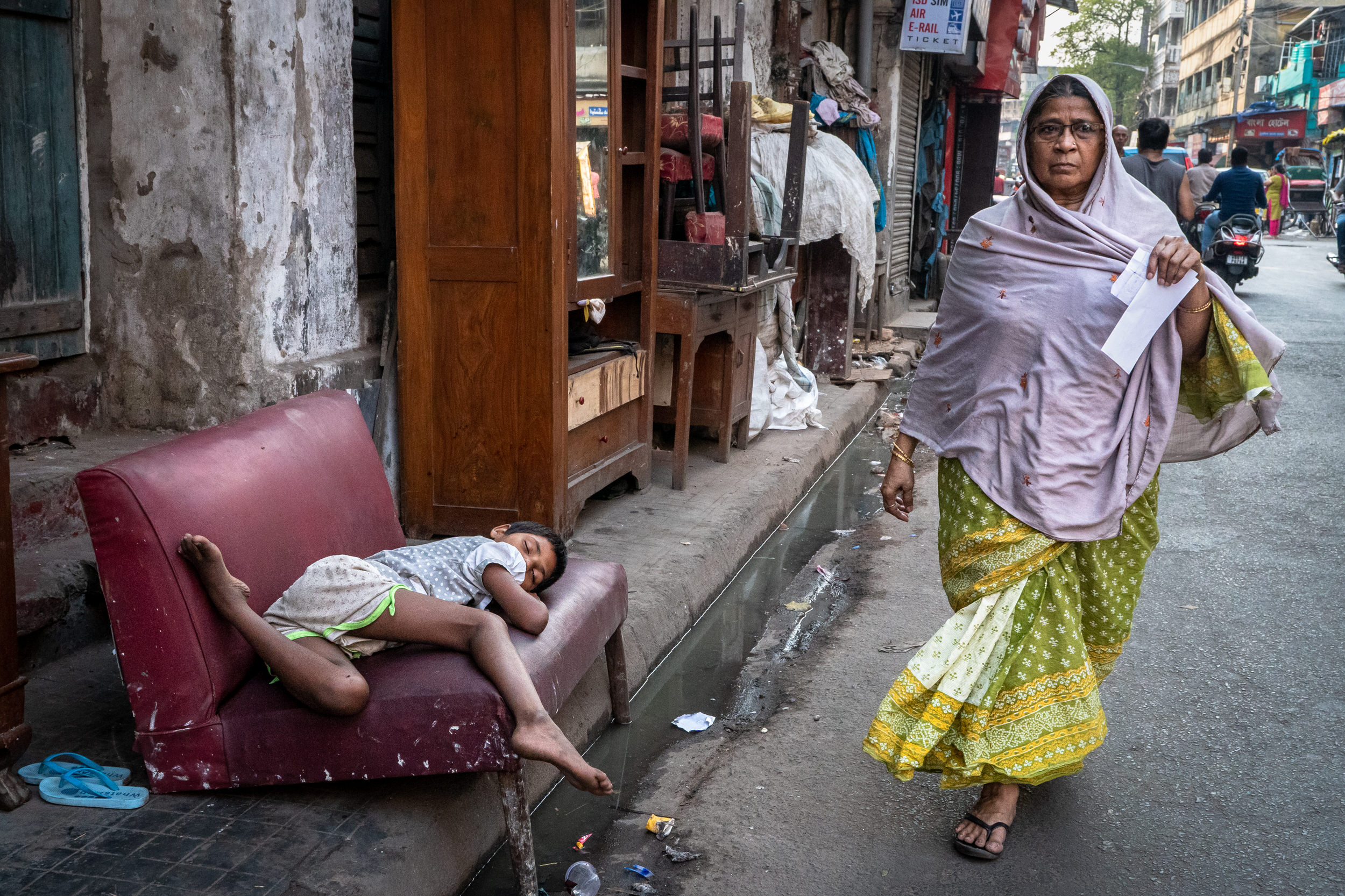
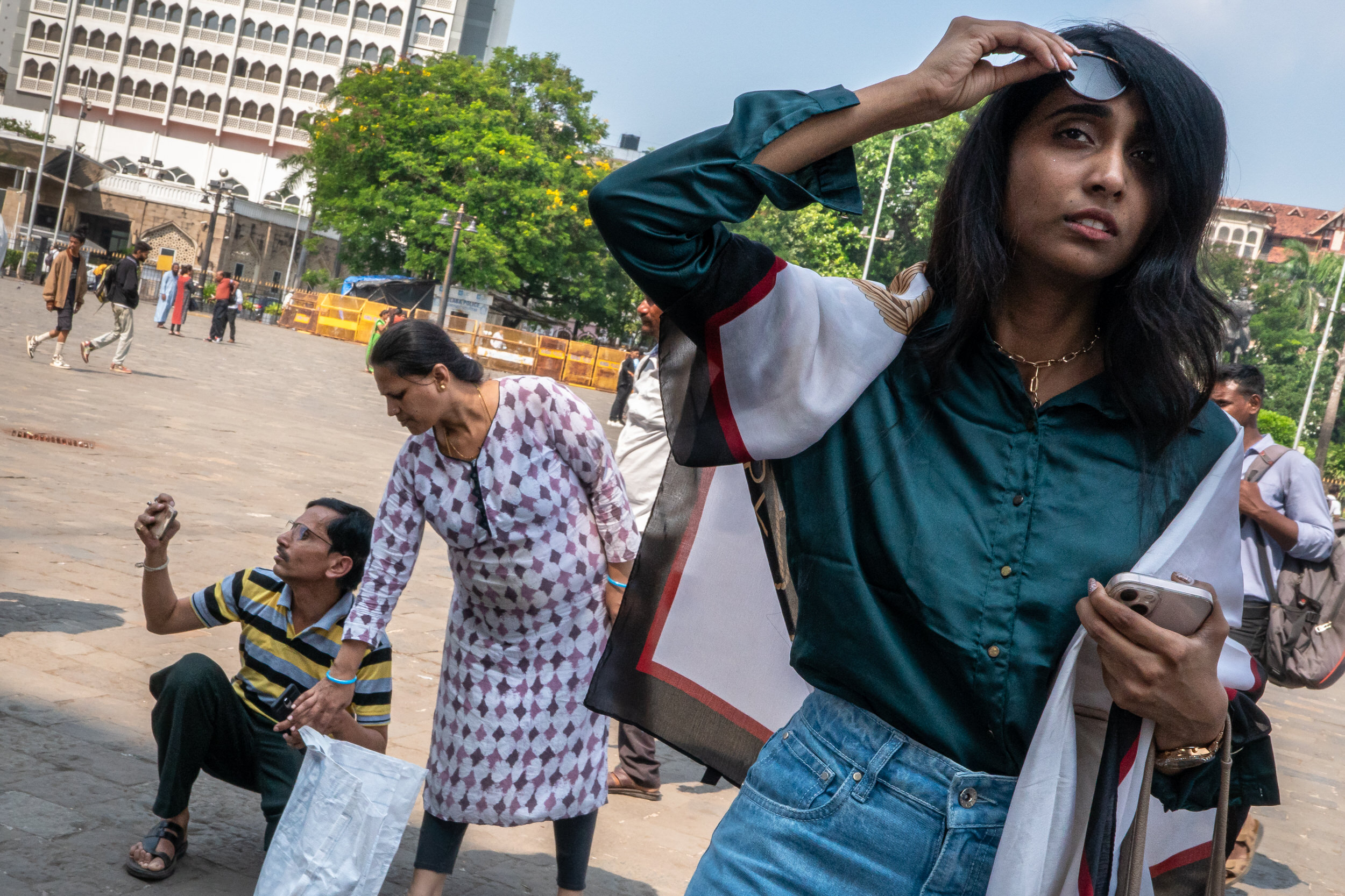
Analog and digital photography. Do you see these as alternatives to one another or the same thing?
There has been a lot of debate about that lately. I haven’t wanted to speak out because I’m becoming more and more reluctant to online debates, but maybe this is the place to do it. I can’t honestly find any compelling reason why any street photographer would prefer analog to digital. Yes, I understand the “focus on the process” thing, being a kind of craftsman in the darkroom, etc. But taking into account the enormous difficulty of this discipline, I think that going out to take pictures with so few shots is to tie one’s hands for no reason. Yes, there are also those who say that this limitation makes them more focused. I wonder if these people would then accept to use a digital camera with a limitation of shots. Probably not. Regarding the supposed greater authenticity of analog: for me, thinking that the light recorded on a digital sensor is less authentic than the one printed on the chemicals of a film is pure romanticism. I respect, of course, those who think they are doing something more interesting with an analog camera but in my opinion, they are just making it more difficult for themselves.
Do you think Street Photography has a more documentary or more artistic value?
First of all, I think we have a global problem in the definition of the term street photography. The only commonly accepted definition would be something like ‘candid photography in public places’ (and even this is disputed). The problem is that too many things fall under this umbrella. Because of this, it is difficult for me to answer this question. Because in fact, documentary street photography has very little to do with the more artistically inspired type, or those that seek to capture funny scenes (juxtapositions, optical illusions, etc.), even though all of them are non-posed. That’s why I don’t understand why awards use this label in such a vague way, or why people offer “street photography” workshops without defining what exactly they are going to teach.
Back to your question: which one has more value? For me, the one that best suits your style, which in the end is a reflection of your character. In my case, I prefer a more artistic approach. Others, perhaps those with a more journalistic bent, will prefer the documentary approach: telling people what a place or culture is like, or emphasizing a social problem. Again, for me the strange thing is that both approaches are called street photography without further precision.
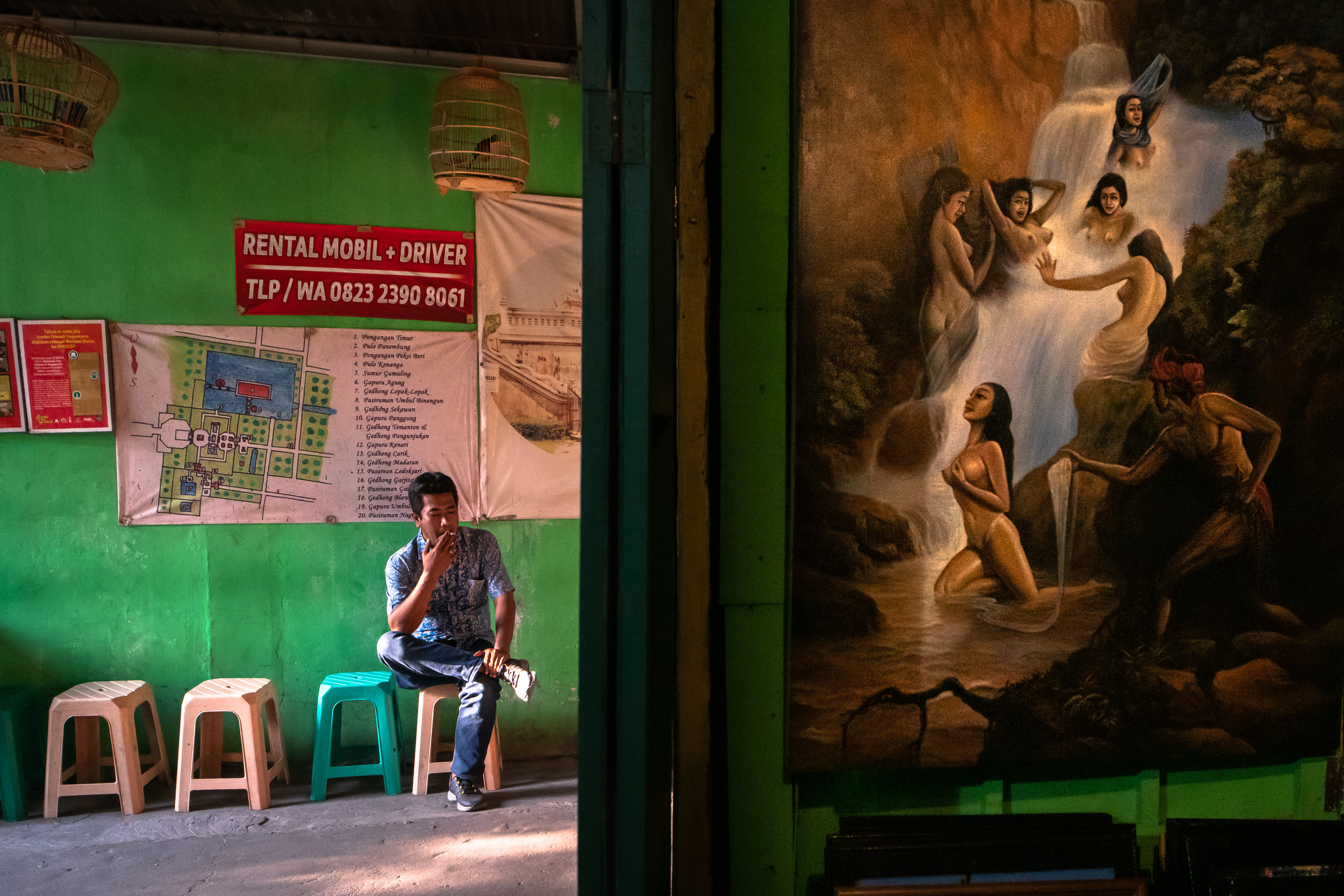
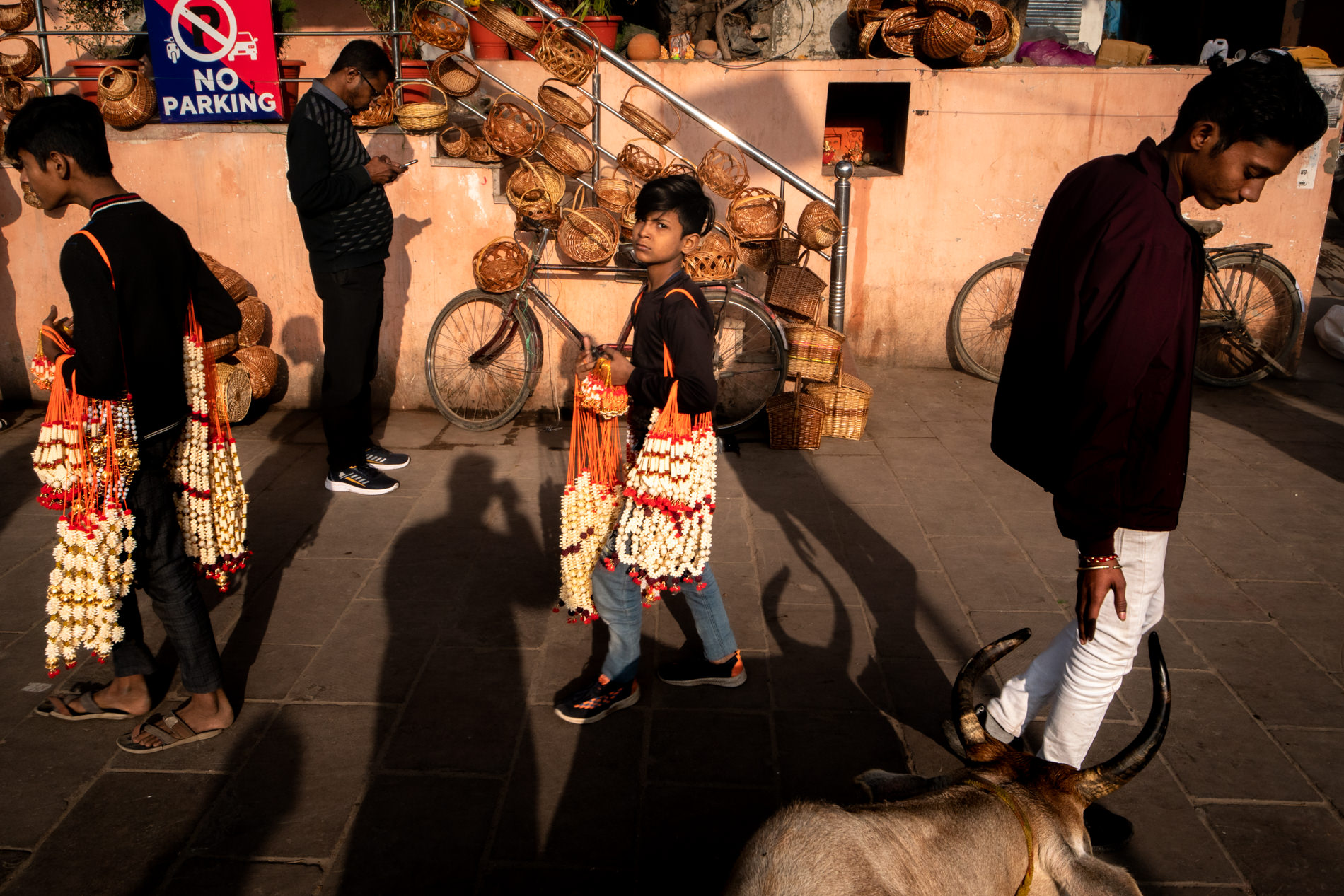
Do you think there are ethical limits in street photography? Do you think it’s possible to shoot everything and everybody? What is your approach in street photography?
I think there are obvious ethical limits, such as photographing people in unfavorable situations. By this I mean people who are having a hard time, not a street vendor sitting on the ground in an African country. For me, that person is within his context and I see no reason to exclude him from my photograph, unless it’s his express wish. On the other hand, lately, there have been discussions on social networks about whether street photography is a bit invasive and I must say that it has made me rethink some things: for example, if it’s right to publish a photo where you see the face of a person in the foreground and very recognizable. The truth is that if I were that person I wouldn’t want them to do it without my permission. It’s not an issue on which I have made a clear decision, but something I am still thinking about.
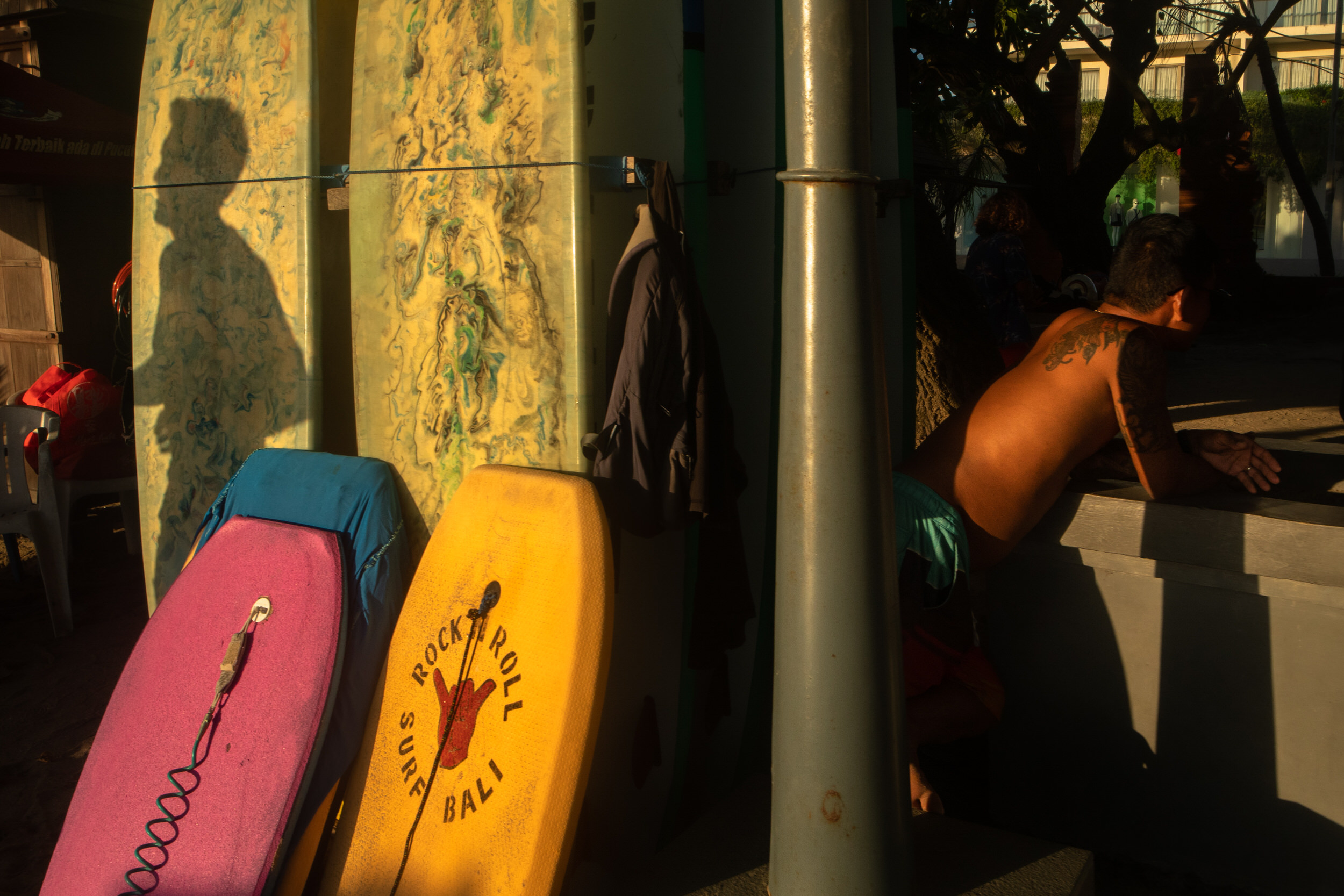
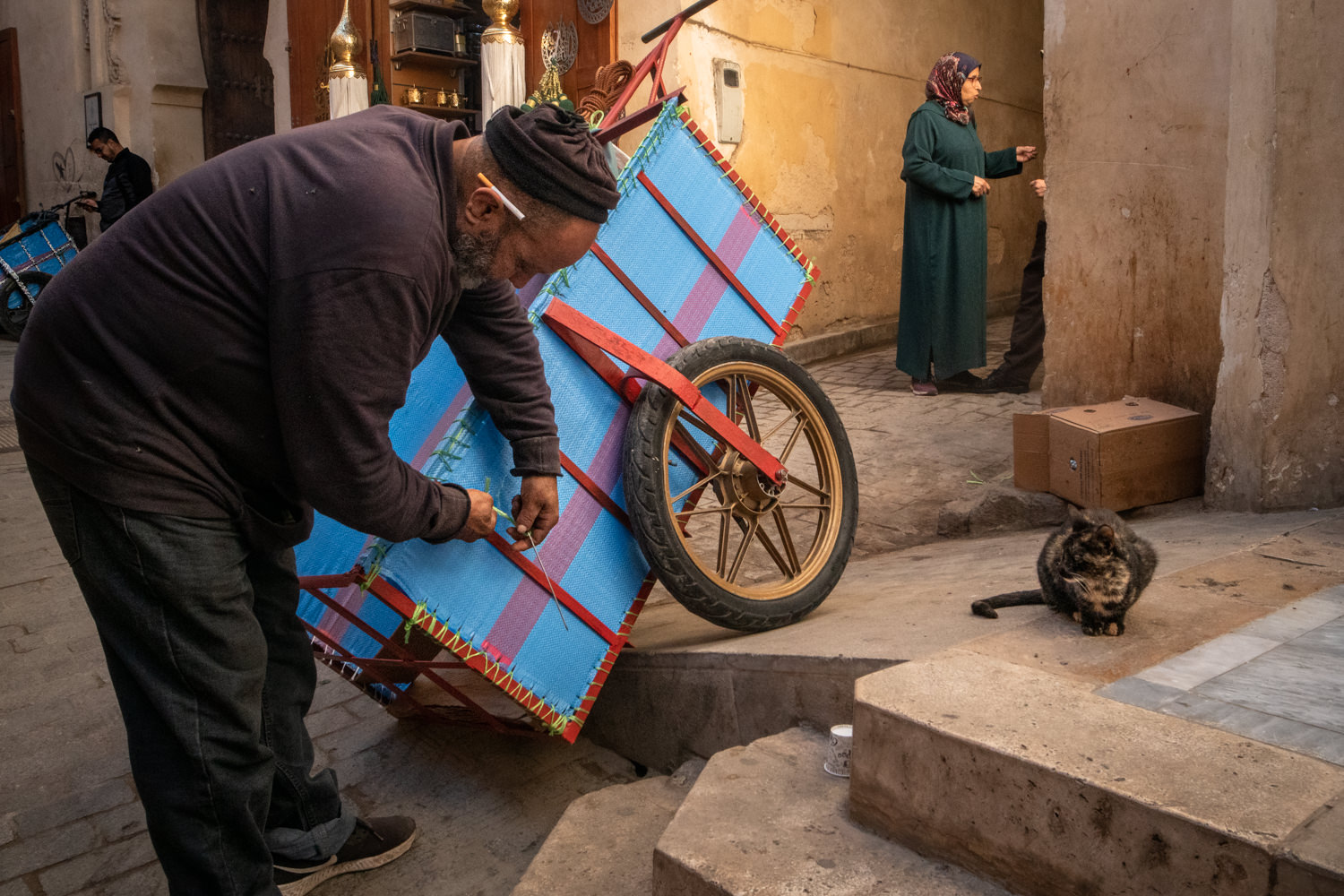
What kind of equipment do you use and what role, in your opinion, does equipment have in street photography?
I think you need little more than a decent camera, not too big, and a lens suited to your style. And above all, to be able to handle the equipment with enough ease to forget about it. I sometimes think of it like in tennis: when have you ever seen a player talk or worry much about his racquet once he found the right one?
If you had to choose one lens that you would have to be using for the rest of your life, which one would that be and why?
It would be the 28mm lens. I tried for a while with 35mm and even with 50mm, but it lacked breadth. It’s said that 35mm resembles human vision but for me, that happens more with the 28mm.
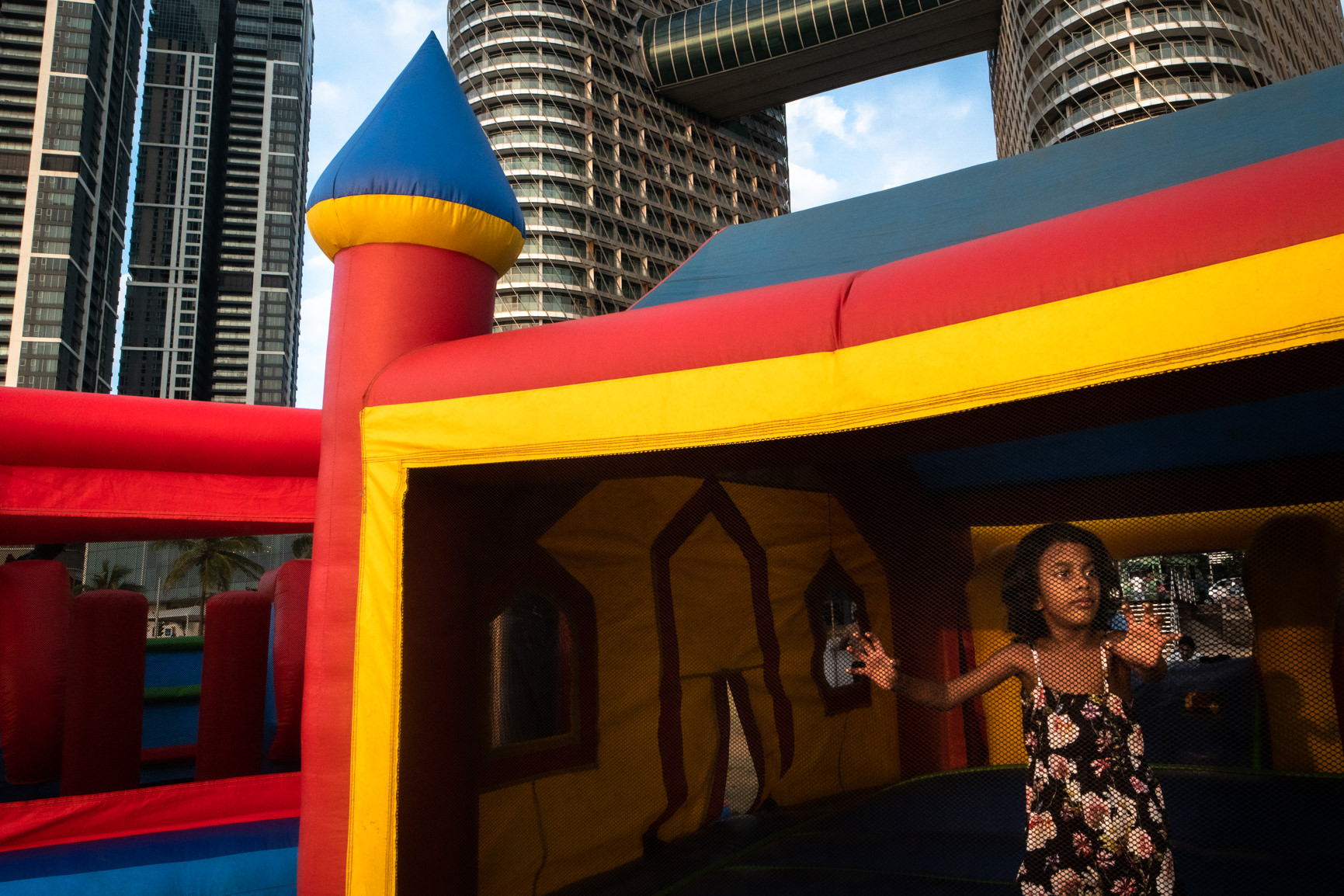
“I come from the field of writing, when I turned to photography one thing that was clear to me was that I didn’t so much want to tell stories or discuss themes as to show images with evocative power.”
After shooting, what actions do you take in terms of processing and editing?
I process the photo with Lightroom, if possible the same day, because this way I have immediate feedback to improve the shot the next day. In addition, I put some emphasis on the editing process, as I consider it important. I know some street photographers completely disregard this section, but I don’t agree with this approach at all. I do agree, though, that editing never fixes a bad photo. For me, good editing is one that enhances the inherent goodness of the photograph without one being able to notice exactly what has been edited, which has its art.
Do you have new projects or themes in mind that you would like to explore in the future?
As I said, I’m focused on individual photographs, trusting that the projects will emerge in a more organic and spontaneous way. However, some themes do cross my mind: for example, I spend a lot of time in coffee shops, because I work on my computer remotely, and whenever I can I take pictures of those places. Also, as I travel all the time, it is possible that at some point I find a universal trait that would be interesting to analyze how it is reflected in different cultures. If something comes out of all this, we’ll see in time.
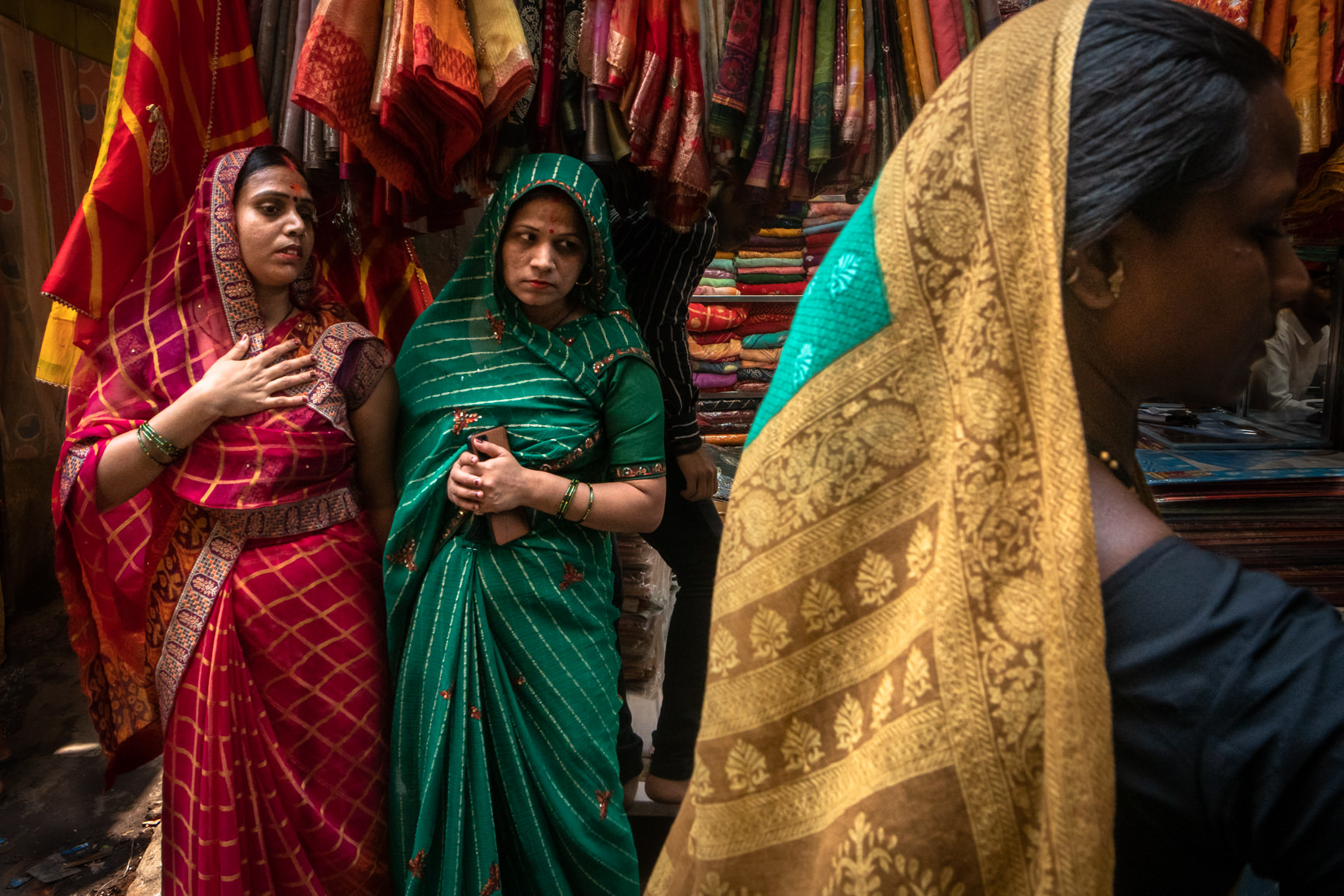
How do you see the evolution of your photographic work?
Since I started more than five years ago doing travel photography in Africa, I have already burned through some stages. For example, the first years of street photography I was a bit obsessed with shooting in cosmopolitan cities with large groups of people with many layers of complexity. I think this had to do in part with a personal challenge, as they are difficult photos. Once I got some good photos within that style, I was able to “free myself” from it and start looking at other aspects of reality.
Nowadays I prefer to walk around with a clearer look, waiting for some peculiar situation to jump out, and without letting myself be hypnotized by merely picturesque things. Now I also play more with the environment and with different types of light, natural or artificial, and not only with the golden light as some time ago.
Which are your favorite photography books?
Unfortunately, due to my nomadic life, I don’t consume many photography books. I try to make up for this by watching online portfolios or videos where books are discussed. That said, every Christmas when I go back to Spain I ask my family to give me a book as a present. The last one was ‘Between worlds’, by Harry Gruyaert. But my collection is still very small and it would be rash to talk about favorites.
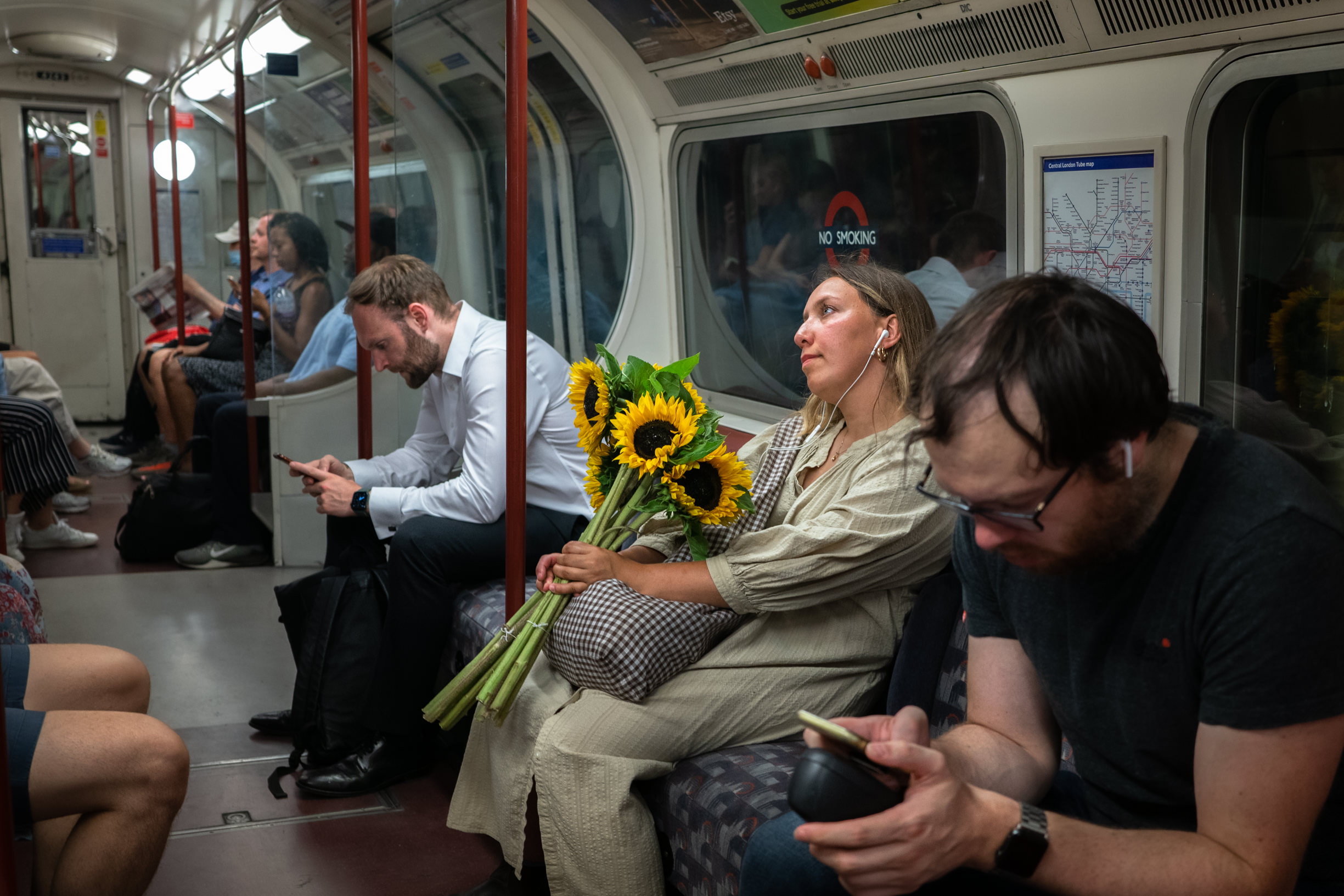
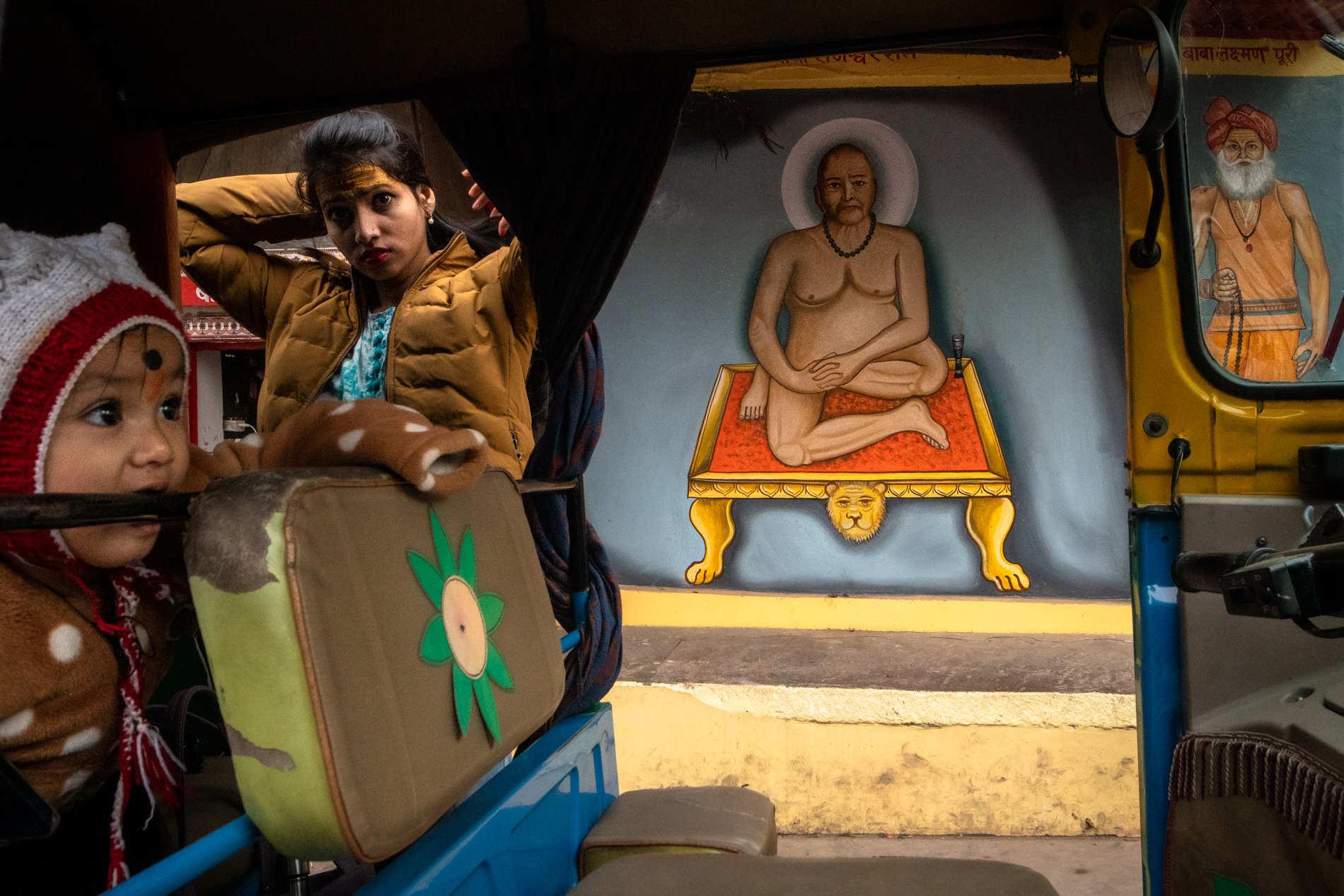
Is there a country or a city that you like to photograph more than others?
I tend to fall in love with cities very easily, but after a while there, I feel the need to change and another one takes over as my favorite. But I will mention some of my recent loves: Istanbul, for its variety of cultures; Hong Kong, for its decadent air and street life. I also want to include London, for being my favorite among the European cities. And as for countries, I would highlight India, where I got some of my most beloved photos, although now I feel that I need a break from that country photographically speaking.
What advice would you give to someone who is starting to do street photography and wants to develop a unique and personal style?
First of all, I would emphasize patience. I think this discipline is for people who are a bit obsessive, capable of looking very hard for what they want, and highly resilient to failure. Good photos come in a slow trickle, and no matter how much you pursue them, it will take a few years to have a good portfolio.
As for personal style: I wouldn’t even think about it, since as I said before it is a manifestation of character and will appear by itself with time, trying many types of photos and making mistakes (for which a digital camera is highly recommended :).
I would also advise this person to not contribute to the social media noise with another photo similar to so many others. It is better to trust that reality, sooner or later, will give you that special shot that deserves to be shown.
Thank you!
ANDRÉS BIOGRAPHY
I was born in Spain and from a young age, I felt the desire to travel the world. I studied computer engineering and during the first years, I combined periods of work in Madrid with long trips, especially in Asia. Nowadays, I am fortunate enough to do both at the same time and I could say that I am a full-time traveler. Five years ago, I discovered street photography, and since then I have not stopped traveling the world trying to capture candid and extraordinary moments.
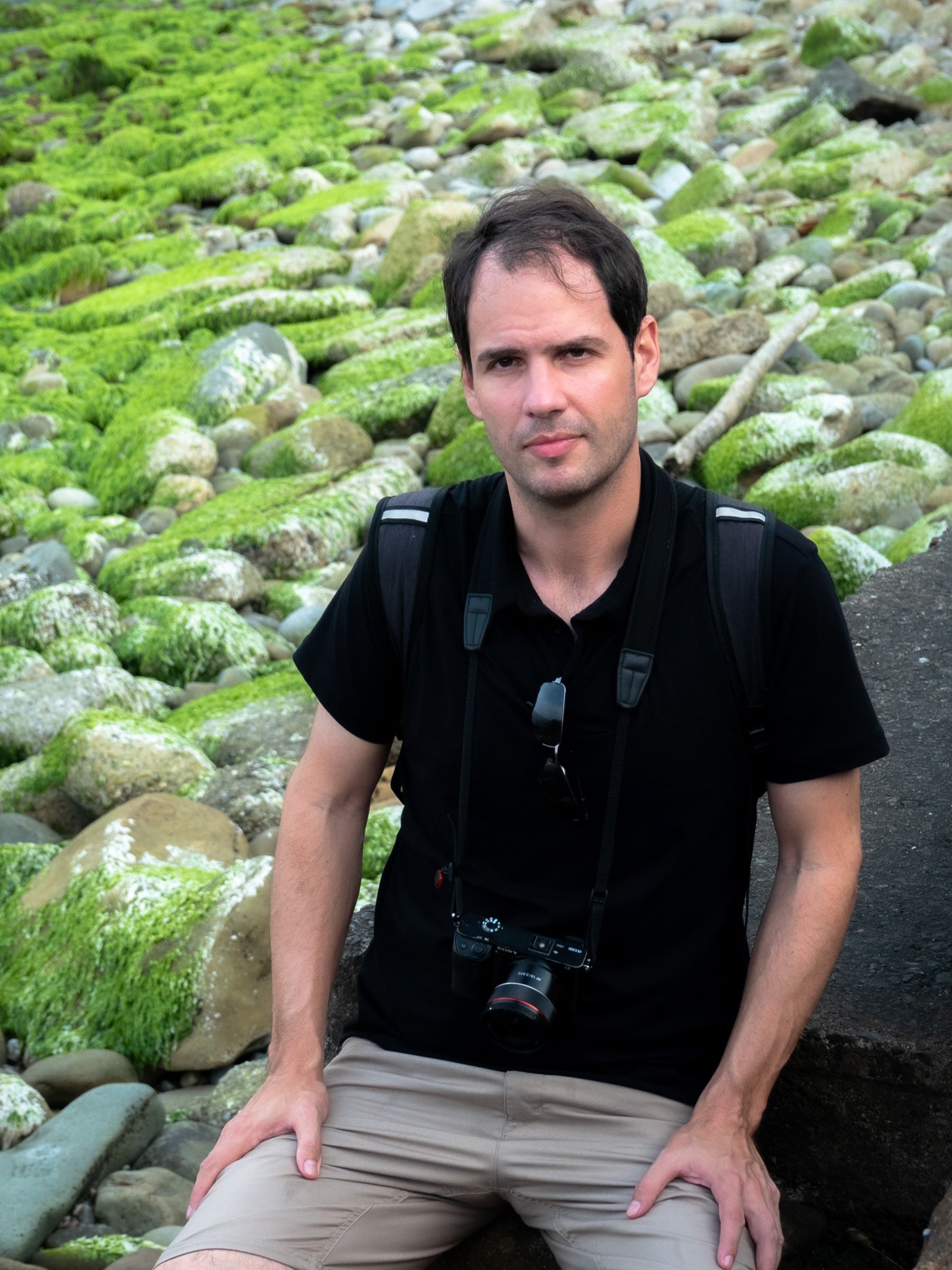
Andrés Links:
Website: https://thevagabondeye.com/
Instagram: https://www.instagram.com/andresrp81/

